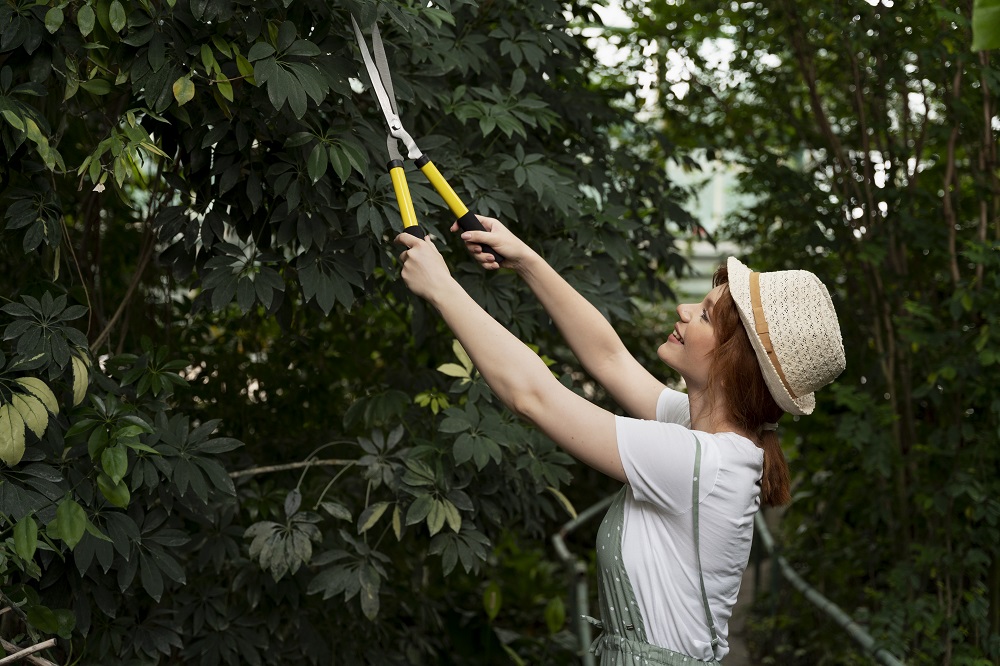The Art Of Professional Tree Pruning: A Comprehensive Guide
The world of greenery and aesthetic landscapes is a fascinating one, isn't it? Haven't you often wondered how the trees that surround your dwelling maintain their picture-perfect look? How does your neighbour's garden always look so curated and artistic? These intriguing thoughts often lead us to the underlying art of tree pruning, an essential practice that nurtures and maintains tree health and aesthetics simultaneously.
In this post, we aim to delve deeper into the dynamic world of tree pruning. We aim to shed light on its why, what, and how aspects, along with divulging some insightful professional tips. By the end, you'll have a better grasp of why professional tree pruning is an art form, why it's needed, how to execute it, and when it's not recommended. Keep reading, and let's embark on this enlightening journey together.
Why Tree Pruning Is Essential
Pruning, at its core, is the act of selectively removing certain parts of a tree or shrub; typically, this includes buds, branches, and roots. But why is it considered an indispensable part of tree maintenance? You might be surprised to learn that pruning not only improves a tree's visual appeal but also bolsters its health and longevity.
Regular pruning promotes plant health by removing dead or dying branches that are often breeding grounds for insect infestations or disease. Additionally, it also promotes better sun exposure and air circulation, aspects that significantly contribute to the tree's overall health. So, the next time you admire the healthy trees at your local park, remember there’s more science and technique involved than meets the eye.
Exploring What Tree Pruning Involves
Now that we've uncovered why pruning is a must-do for any tree enthusiast, let's delve into what it involves. The essence of tree pruning lies in understanding the tree's requirements and responding effectively by removing excess branches, allowing for better growth.
The 'what' of tree pruning encapsulates a variety of techniques like cleaning (removing dead, weak limbs), thinning (pruning selective branches to improve structure), and reduction (decreasing the height or spread of the tree). Each method has its own unique benefits and specific uses, contributing to shaping the tree's overall health and aesthetics.
How To Execute Tree Pruning
Pruning trees may sound simple, but various techniques, tools, and timings play a crucial role in how successfully it's executed. It's not just about trimming the branches; it's about knowing when to trim and which branch to choose.
Proper pruning cuts should be made just outside the branch collar to avoid harming the plant's natural healing process. Over-trimming or incorrect trimming can lead to disease and decay, so it's essential to know the correct procedure. This segment distinguishes insufficient knowledge from expertise, giving the edge to professional tree pruners.
Discerning When Tree Pruning Is Not Recommended
While we've extensively discussed the merits of pruning, it's equally important to mention scenarios where pruning can be detrimental. Over-aggressive pruning, often referred to as 'topping,' can spawn a variety of issues. In such cases, a significant portion of the leaf-bearing crown is removed, leading to the tree's malnutrition and structural weakness.
Additionally, pruning during the wrong season—particularly during fall—can induce decay, as the tree may not have enough time to recover from wounds before it's exposed to the harsh winter conditions.
The Pros And Cons Of Tree Pruning
Like any other practice, tree pruning too has its share of pros and cons. While it significantly improves tree health, structure and increases sunlight exposure—benefiting the surrounding plants—it requires expertise. Poor pruning techniques can compromise the tree's health, making it susceptible to diseases.
Yet, the advantages far outweigh the drawbacks. A well-pruned, maintained tree can increase property values and reduce potential hazards, such as falling branches.
Conclusion:
Professional tree pruning is not merely an act—it's an art, a science, and an understanding of the vibrant world of trees. As we've navigated this fascinating aspect of tree maintenance, we've divulged why it's essential, what it incorporates, how to execute it, and when to avoid it.
With the insights shared, it's evident that intentional, thoughtful pruning promotes tree health, aesthetic charm and can even increase property value. However, it's crucial to understand the importance of correct techniques and timing—where expertise really matters. In essence, tree pruning could be the transformative touch your garden requires, cultivating a healthy, mesmerising canvas of greenery.








0 comments